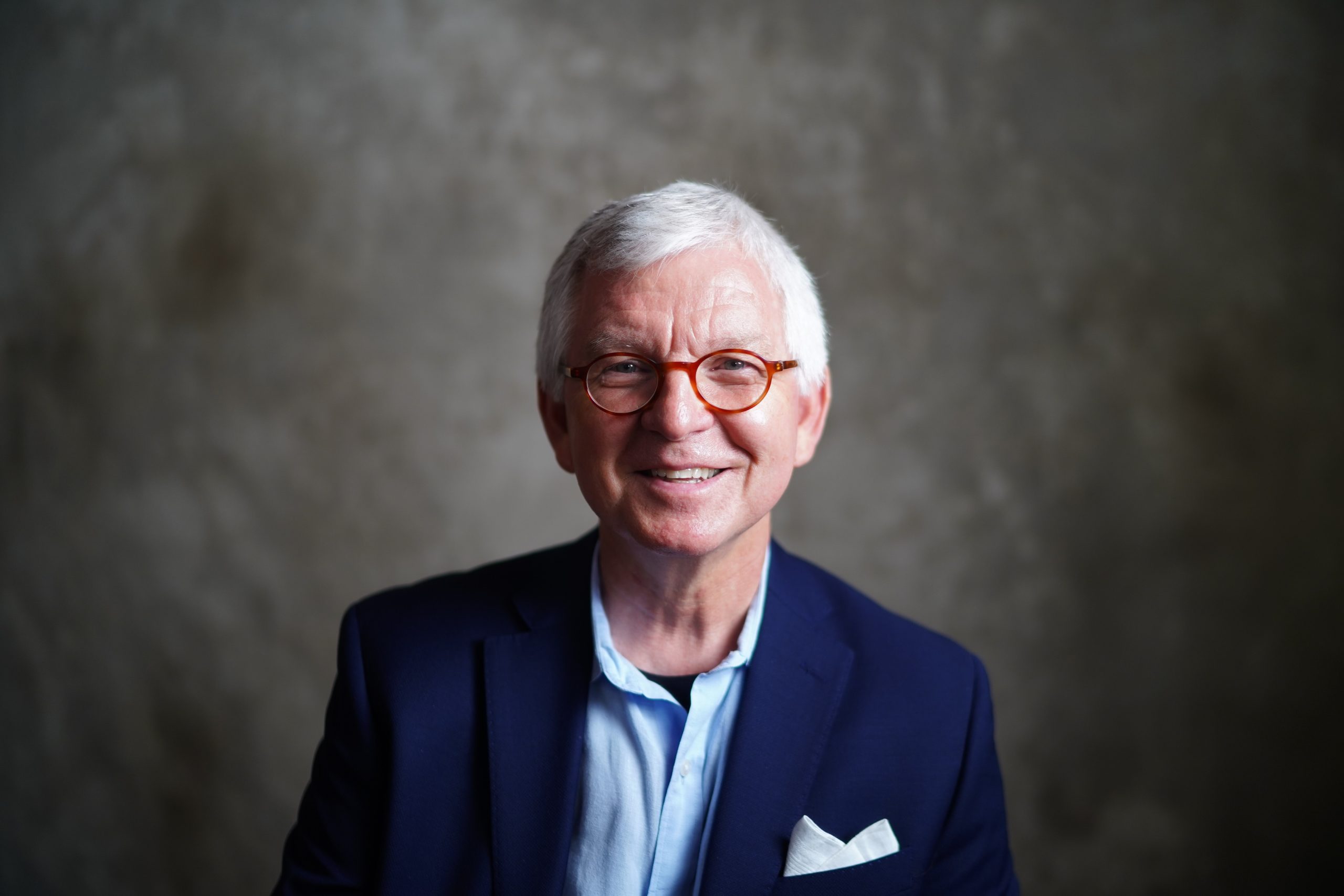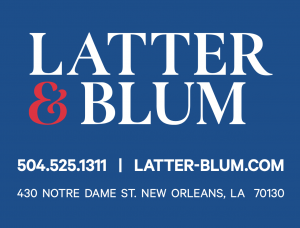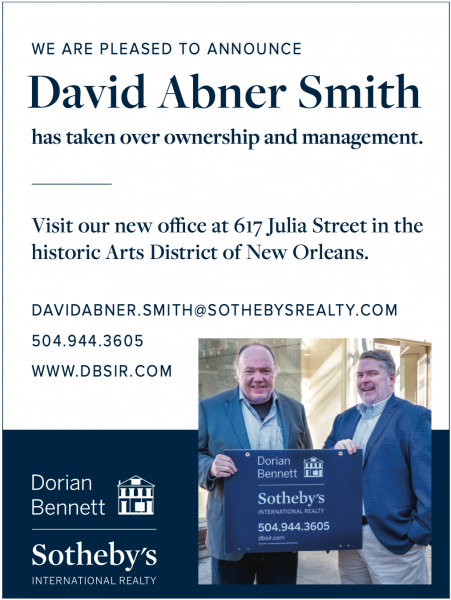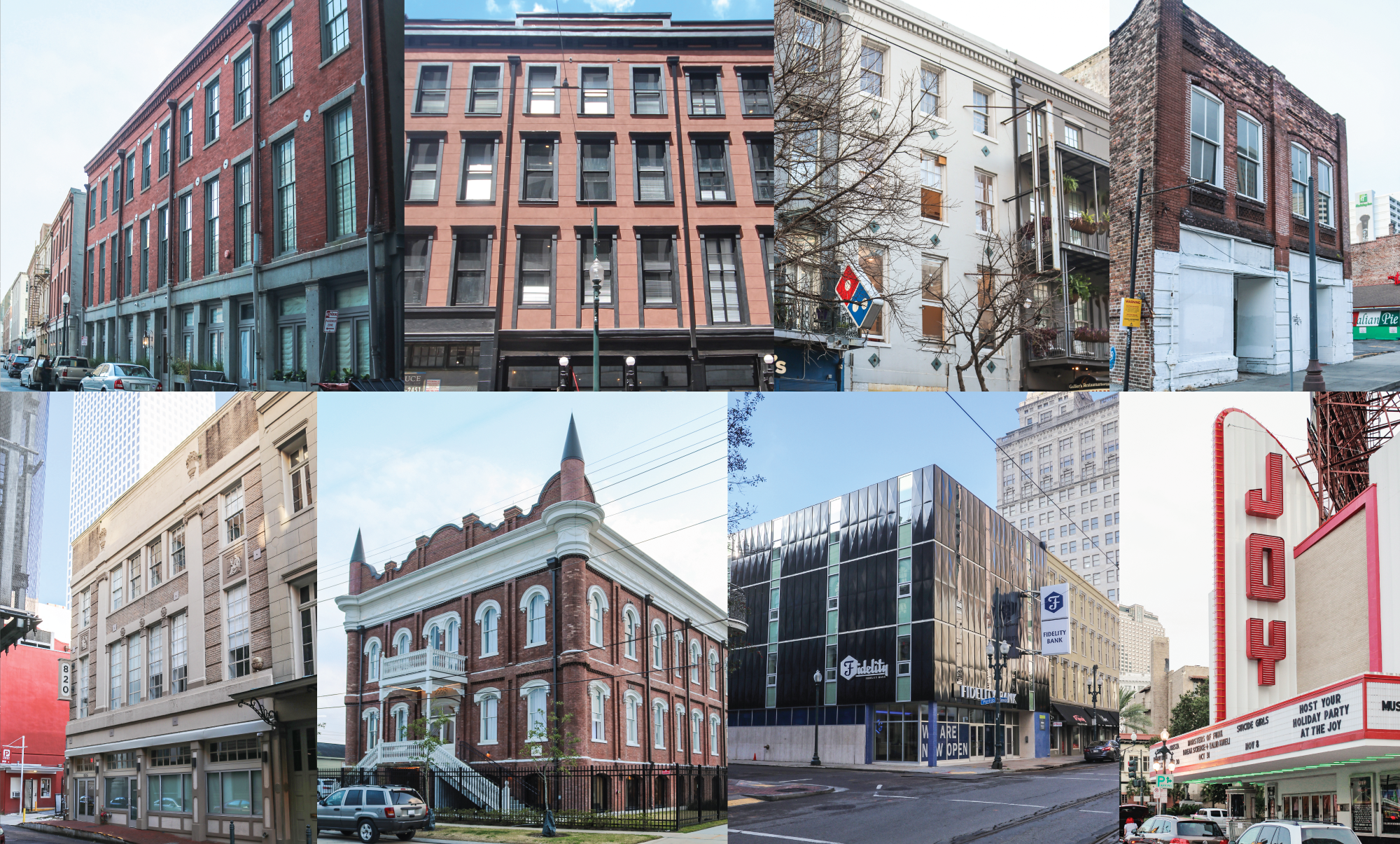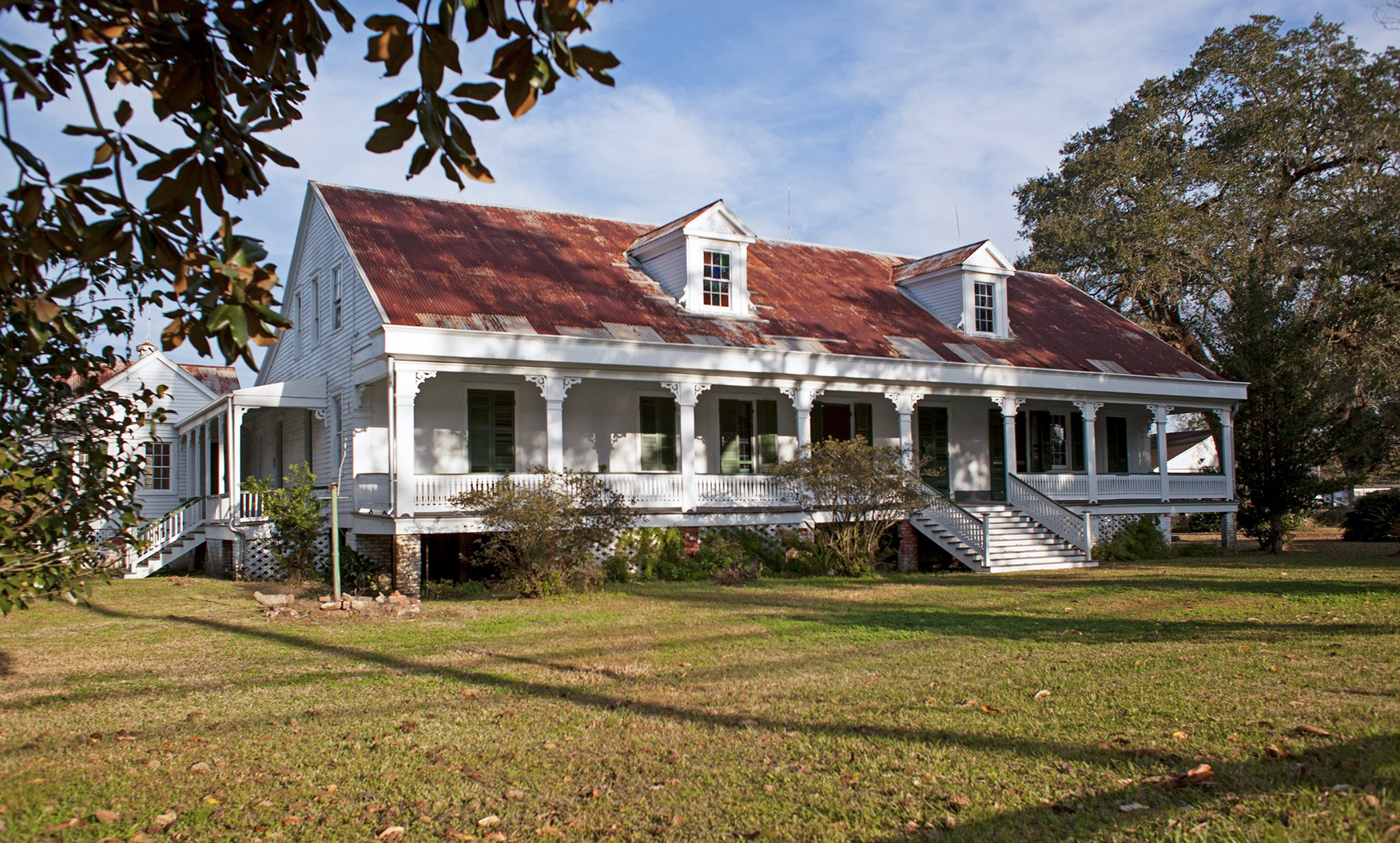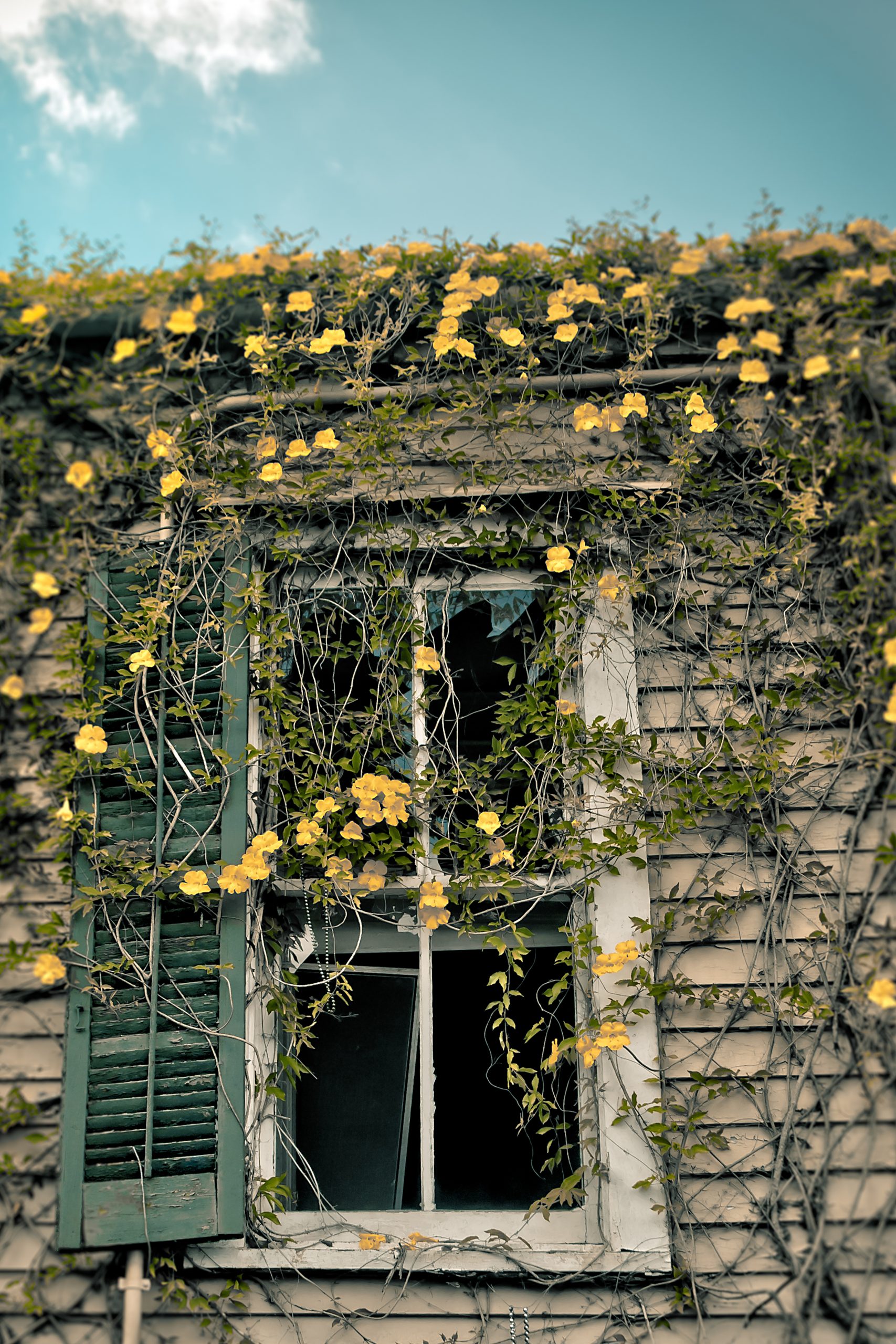This story appeared in the March issue of PRC’s Preservation in Print magazine. Interested in getting more preservation stories like this delivered to your door nine times a year? Become a member of the PRC for a subscription!
I’m a Preservationist
Mark Collins Romig – Senior Vice President/Chief Marketing Officer for New Orleans & Company, Stadium Announcer for the New Orleans Saints
This month marks a year since the first COVID-19 case was confirmed in Louisiana. While the pandemic has caused hardship across the state, the tourism sector has suffered severely. While we realize you do not have a crystal ball, what are your expectations for tourism in 2021?
The true essence of tourism are the women and men who make this their passion and livelihood. The focus of our work at New Orleans & Company, which is the marketing and sales arm for the industry, is to continue to build opportunities for visitation in the months and years ahead so that we can restore and build back better these jobs and support the thousands of businesses, musicians and artists that play a part of the tourism economy.
With the rollout of vaccines, we remain cautiously optimistic about the last half of the year regarding the return of meetings as well as the recent announcements about the re-emergence of festivals in October. We have all learned the art of pivoting and adapting to this “new” normal, and I believe that determination and persistence will be the elements for our success as a community in the months and years ahead. We also must continue to adhere to the critical COVID-19 safety protocols, which we embed in our marketing messages to visitors. We must continue to insist that our visitors follow our health mandates. Beyond 2021 and given further progress in the defeat of this pandemic, we see a period of two to three more years for a complete recovery.
What are some ways that locals could meaningfully support the tourism industry while we wait for visitors to return?
Supporting small businesses right now wherever we can is crucial. Continuing to go to restaurants is incredibly important — whether it is dining in (or outdoor dining, depending on comfort level) or getting regular takeout and making sure to try new places. A lot of new places opened in 2020, despite all the challenges that the year brought. So, while it can be tempting to stick to the same favorites, branching out a bit with the same enthusiasm as we would in normal times can make or break these new spots. And be sure to go above and beyond with tipping — the difference of a few dollars where you can spare them might not seem like a lot, but it can do so much to make up for lost tip revenue for hospitality workers. It also shows that we, as locals, recognize the pressure that they are under and appreciate them more than ever.
Also shopping locally as much as possible is important. I think we have all been guilty of relying a lot on Amazon and other national retailers to deliver basic household goods, and it is just so easy and tempting to order from our phones. But if the same products can be found locally, then try to make a conscious effort to do so. Even if you do not feel comfortable shopping in person, I have found that local retailers are going above and beyond to help customers find what they are looking for, from answering questions in direct messages on social media and taking orders over the phone to offering curbside pickup or contactless delivery.
Try to enjoy the city as much as you can with things being a bit on the slower side. With attractions capping attendance, you can safely play tourist without the crowds and really rediscover so much of what visitors fall in love with when they come here. Staycations are another great idea; we have all been spending a lot of time at home, and our hotels are doing an amazing job of implementing new health and safety protocols.
Finally, if you have a great experience, whether it is a fantastic meal or an exceptional visit to an attraction, share it on social media, or with friends and family. With limited operating budgets, these businesses need all the press they can get, and few things are better than personal recommendations from people you trust. I think we all owe it to the businesses that we love to be their biggest, most enthusiastic advocates.
Advertisement
As the stadium announcer of the New Orleans Saints, what was it like calling the games last year while COVID restrictions kept attendance at the Superdome low?
Well, to say it was unusual in the Mercedes-Benz Superdome would be an understatement. As a lot of us have experienced games in previous seasons, we know that the fans do make a big difference in the atmosphere. The game day staff for the New Orleans Saints did a fantastic job working to make up for the lack of fans by utilizing approved NFL sound effect protocols and a varied selection of music to build an exciting atmosphere in the stadium. The stadium staff were also in excellent form, ensuring that the attendees followed the mandated masking and social distancing. I was asked to do my part as stadium announcer with regular play snaps, especially our traditional third down, first downs (Move Dem Chains!), touchdowns and special team plays (It’s Good!). We took on the attitude that our efforts would need to represent the tens of thousands of fans who were not able to be part of this past season.
Visitors come to New Orleans to enjoy our food, music, culture and historic architecture. How important is historic preservation to the promotion of the city?
I envision the city as a body with many parts, alive and thriving, with each part of the body wholly dependent on the other parts to be a full and complete city. The stricture of our shared body, the bones so to speak, is our history, which weaves the many stories that have come from over three centuries of experiences. Many of those stories are found in our historic buildings — structures of all type — that can be found from the French Quarter to Carrollton/River Bend, from the Lower Nine and the Bywater, to the Lake Pontchartrain Lighthouse. Our shared history comes alive here every day. Visitors to our city can come to appreciate the many layers of our journey — some sad, many joyful — and learn and then share. We owe it to our ancestors as well as future generations to embrace and protect our history.
While the pandemic has brought much suffering to the city, it also has helped residents reconnect with their neighbors and their neighborhood. What are some of the positive moments you have experienced during the pandemic?
The amount of attention and concern shown to those directly affected by this pandemic is overwhelming. From food drives, to a greater appreciation for teachers and medical personnel, and an even greater love for our shared culture, unique to New Orleans, our community has once again shown its caring vitality and resilience.
Closer to home, David (Briggs) and I have resided in the Marlyville-Fontainebleau neighborhood for more than 20 years. I have always known our neighbors to be wonderfully friendly, caring and concerned about our shared Fontainebleau Boulevard block. However, the pandemic’s strange environment has taken this to a new level of community. Once some of the restrictions lessened in mid-summer, we began a weekly neighbors meeting, usually on a Tuesday early evening. We now regularly gather (weather permitting), socially distanced with masks, in the driveway of one of our neighbors and share tips, stories, a few jokes and the latest pandemic updates. It has allowed us to grow even closer as neighbors and friends. I would venture a very safe guess that this same “new” protocol is being repeated in neighborhoods across our city. This challenge like others we have experienced as a community have created a common journey, one that has affected all, and hopefully left us a bit wiser and more connected.
Finally, I am also impressed with another new tradition that has emerged: house floats. Brilliant!
Advertisements



